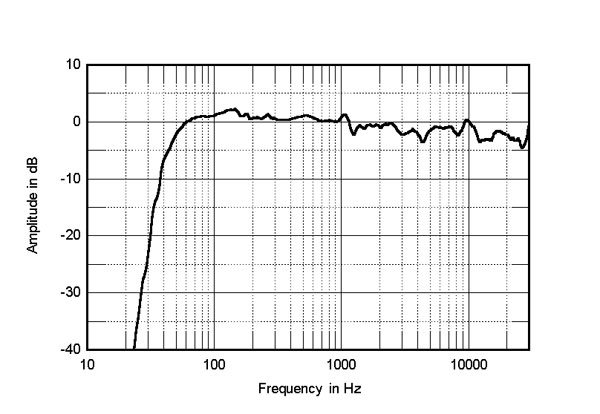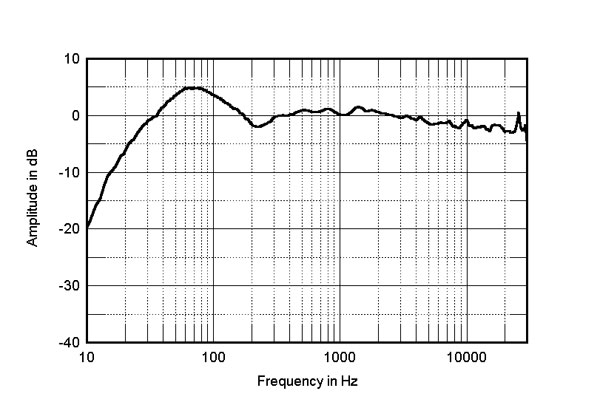Looking at Acoustic Energy's website, model ae100: 45Hz -35kHz and the new Q acoustic 3020i: 64 Hz – 30 kHz. Just a random example.
I always see it as the lower the Hz the deeper the bass will go. In cases like this I am pretty sure the bass of the Q's will go deeper. Bigger driver, more cabinet volume, etc. Other example: the new Q 3020i is 25% bigger than the standard 3020, and with tweaked engineering and crossover it should result in deeper bass, yet they state the same 64Hz as the original.
What do these numbers mean?
I always see it as the lower the Hz the deeper the bass will go. In cases like this I am pretty sure the bass of the Q's will go deeper. Bigger driver, more cabinet volume, etc. Other example: the new Q 3020i is 25% bigger than the standard 3020, and with tweaked engineering and crossover it should result in deeper bass, yet they state the same 64Hz as the original.
What do these numbers mean?



